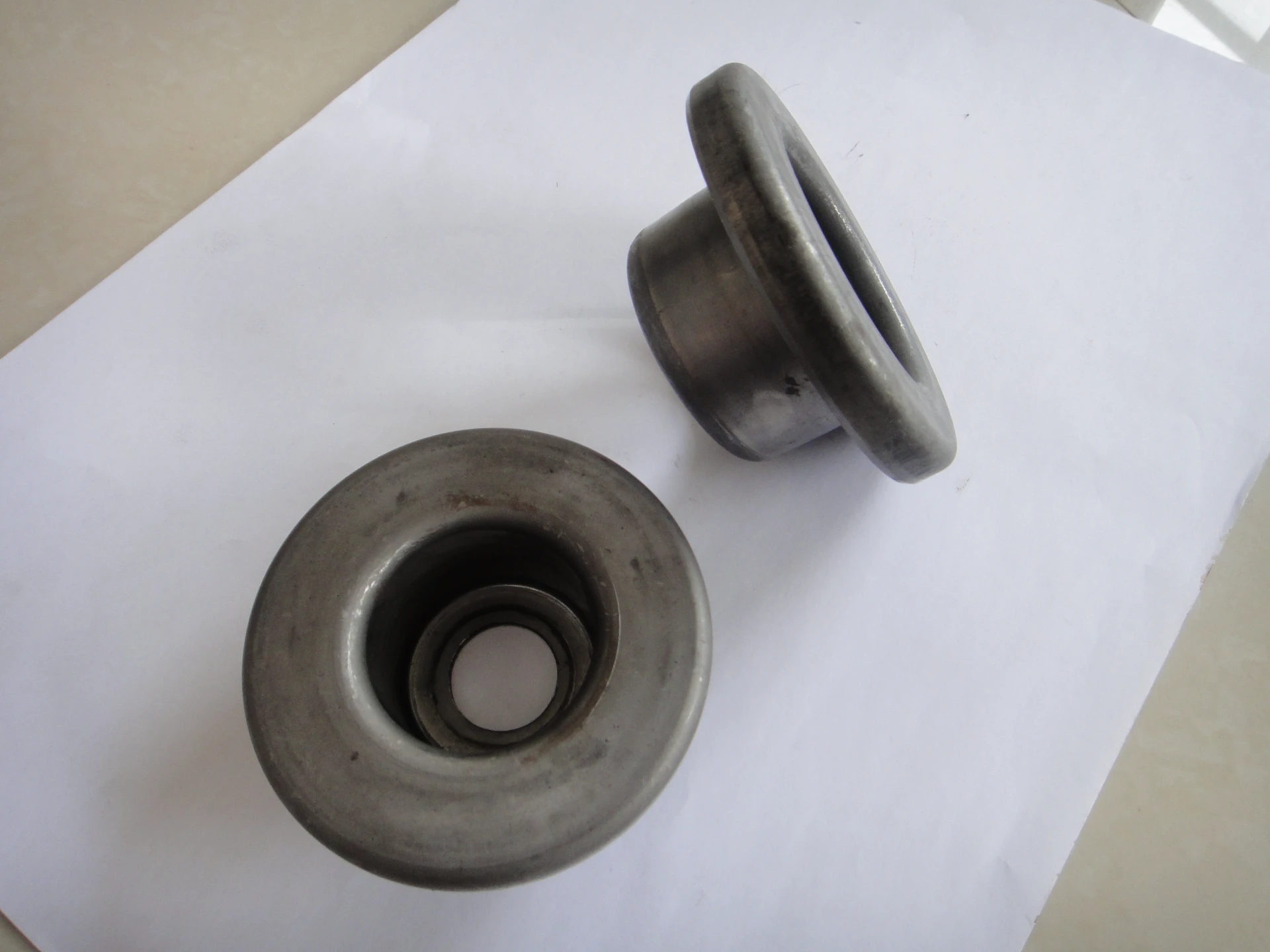 Afrikaans
Afrikaans  Albanian
Albanian  Amharic
Amharic  Arabic
Arabic  Armenian
Armenian  Azerbaijani
Azerbaijani  Basque
Basque  Belarusian
Belarusian  Bengali
Bengali  Bosnian
Bosnian  Bulgarian
Bulgarian  Catalan
Catalan  Cebuano
Cebuano  Corsican
Corsican  Croatian
Croatian  Czech
Czech  Danish
Danish  Dutch
Dutch  English
English  Esperanto
Esperanto  Estonian
Estonian  Finnish
Finnish  French
French  Frisian
Frisian  Galician
Galician  Georgian
Georgian  German
German  Greek
Greek  Gujarati
Gujarati  Haitian Creole
Haitian Creole  hausa
hausa  hawaiian
hawaiian  Hebrew
Hebrew  Hindi
Hindi  Miao
Miao  Hungarian
Hungarian  Icelandic
Icelandic  igbo
igbo  Indonesian
Indonesian  irish
irish  Italian
Italian  Japanese
Japanese  Javanese
Javanese  Kannada
Kannada  kazakh
kazakh  Khmer
Khmer  Rwandese
Rwandese  Korean
Korean  Kurdish
Kurdish  Kyrgyz
Kyrgyz  Lao
Lao  Latin
Latin  Latvian
Latvian  Lithuanian
Lithuanian  Luxembourgish
Luxembourgish  Macedonian
Macedonian  Malgashi
Malgashi  Malay
Malay  Malayalam
Malayalam  Maltese
Maltese  Maori
Maori  Marathi
Marathi  Mongolian
Mongolian  Myanmar
Myanmar  Nepali
Nepali  Norwegian
Norwegian  Norwegian
Norwegian  Occitan
Occitan  Pashto
Pashto  Persian
Persian  Polish
Polish  Portuguese
Portuguese  Punjabi
Punjabi  Romanian
Romanian  Russian
Russian  Samoan
Samoan  Scottish Gaelic
Scottish Gaelic  Serbian
Serbian  Sesotho
Sesotho  Shona
Shona  Sindhi
Sindhi  Sinhala
Sinhala  Slovak
Slovak  Slovenian
Slovenian  Somali
Somali  Spanish
Spanish  Sundanese
Sundanese  Swahili
Swahili  Swedish
Swedish  Tagalog
Tagalog  Tajik
Tajik  Tamil
Tamil  Tatar
Tatar  Telugu
Telugu  Thai
Thai  Turkish
Turkish  Turkmen
Turkmen  Ukrainian
Ukrainian  Urdu
Urdu  Uighur
Uighur  Uzbek
Uzbek  Vietnamese
Vietnamese  Welsh
Welsh  Bantu
Bantu  Yiddish
Yiddish  Yoruba
Yoruba  Zulu
Zulu Innovative Techniques for Enhancing Ceramic Pulley Lagging Performance and Durability
The Importance of Ceramic Pulley Lagging in Industrial Applications
In the modern industrial landscape, efficiency and productivity are paramount. Among the various components that contribute to effective material handling systems, pulleys play a critical role. To enhance the performance of these essential mechanical parts, ceramic pulley lagging has emerged as a key solution. This article delves into the significance of ceramic pulley lagging, its benefits, and its applications in various industries.
Understanding Ceramic Pulley Lagging
Ceramic pulley lagging refers to the application of ceramic tiles or composite materials to the surface of pulleys. This process creates a protective layer that significantly improves the friction between the pulley and the conveyor belt. The primary purpose of lagging is to prevent belt slippage, which is a common issue in conveyor systems. By providing superior grip, ceramic lagging ensures efficient power transmission and minimizes the risk of material loss.
Advantages of Ceramic Pulley Lagging
1. Enhanced Durability One of the most notable benefits of ceramic pulley lagging is its durability. Ceramic materials are designed to withstand harsh industrial conditions, including extreme temperatures, abrasive materials, and corrosive environments. This longevity translates to reduced maintenance costs and longer service life for both the pulley and the conveyor system as a whole.
2. Improved Friction and Grip The high-friction surface of ceramic lagging enhances the grip of the conveyor belt on the pulley. This increased friction reduces the likelihood of slippage, which can lead to increased efficiency and reduced downtime. Improved grip also means that the conveyor system can handle heavier loads without compromising performance.
3. Resistance to Wear and Tear In industries where bulk materials are transported, the wear and tear on equipment can be significant. Ceramic lagging is engineered to resist abrasion, ensuring that the pulley maintains its functionality over time. This feature is particularly beneficial in sectors such as mining, where rugged conditions are the norm.
4. Temperature Resistance Many industrial processes generate heat, which can adversely affect the performance of pulleys and belts. Ceramic lagging is capable of withstanding high temperatures without degrading, making it suitable for applications involving heat-sensitive materials or processes.
ceramic pulley lagging

5. Cost-Effectiveness Although the initial investment in ceramic pulley lagging may be higher than traditional lagging materials, the long-term savings can be substantial. Reduced maintenance costs, longer service life, and improved performance contribute to a favorable return on investment.
Applications Across Industries
Ceramic pulley lagging is utilized across a variety of sectors, showcasing its versatility and effectiveness. Some of the primary industries that benefit from this technology include
- Mining and Minerals In mining operations where large quantities of rock and minerals are moved, ceramic lagging provides the durability necessary to withstand the harsh conditions, ensuring efficient material transport.
- Construction Construction sites often involve heavy loads and rough materials. Using ceramic lagged pulleys in conveyor systems helps to maintain operational efficiency and safety in the handling of construction materials.
- Food Processing The food industry also uses ceramic lagging due to its resistance to wear and ability to maintain cleanliness standards, as ceramic materials can be easily cleaned and sanitized.
- Waste Management In the waste management sector, ceramic pulley lagging helps move various types of waste efficiently, ensuring that operations are carried out smoothly.
Conclusion
Ceramic pulley lagging is a vital innovation in the realm of industrial manufacturing and material handling. Its numerous advantages, including enhanced durability, improved grip, and resistance to wear and temperature, make it an essential component in various applications. As industries continue to evolve and strive for greater efficiency, the adoption of ceramic pulley lagging systems is likely to increase, further contributing to operational excellence and cost-effectiveness. Investing in quality lagging solutions not only improves productivity but also extends the life of key machinery, reinforcing the importance of this technology in the industrial sector.
-
Revolutionizing Conveyor Reliability with Advanced Rubber Lagging PulleysNewsJul.22,2025
-
Powering Precision and Durability with Expert Manufacturers of Conveyor ComponentsNewsJul.22,2025
-
Optimizing Conveyor Systems with Advanced Conveyor AccessoriesNewsJul.22,2025
-
Maximize Conveyor Efficiency with Quality Conveyor Idler PulleysNewsJul.22,2025
-
Future-Proof Your Conveyor System with High-Performance Polyurethane RollerNewsJul.22,2025
-
Driving Efficiency Forward with Quality Idlers and RollersNewsJul.22,2025





























